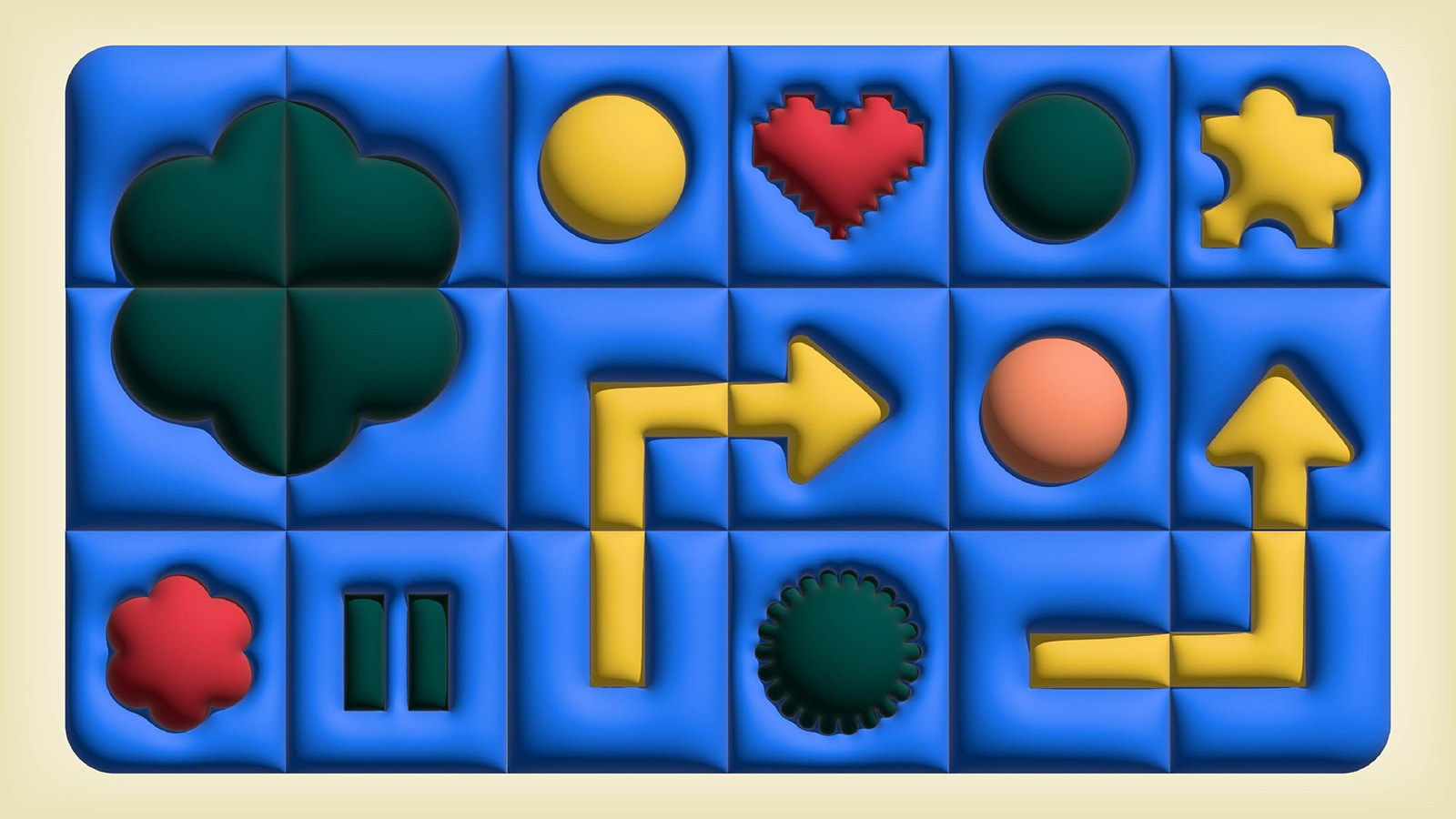Garage launches a course for participants aged 5 to 7 inspired by the Reggio Emilia pedagogical approach.
Over six sessions children will explore the tactile world of textures, discovering their properties and possibilities. Textures are more than just material characteristics. They form a universal language for storytelling and expressing emotions. They are present everywhere—in objects, clothing, architecture, and nature—connecting diverse disciplines such as art, design, physics, chemistry, and more.
During the course, participants will experiment with materials while exploring the diversity of tactile language and its possible applications. They will create a number of objects, including tactile books, three-dimensional compositions, musical instruments, and small shelters, using them to tell their own unique stories. This investigation into the world of tactile language will help children deepen their understanding of their surroundings, strengthen their connection to the world, and develop analytical and creative transformation skills.
The course combines the methodology of the Reggio Approach with that of Italian designer Bruno Munari, who placed collective exploration of materials at the core of education. Drawing inspiration from Futurist tactilism—which extended the art of touch beyond hands-on experiences to the creation of sensory rooms, streets, and even theaters—Munari introduced his own unique type of tactile laboratories.

